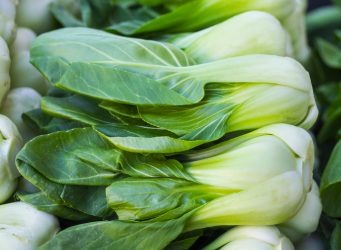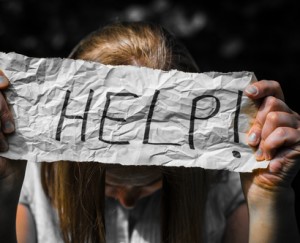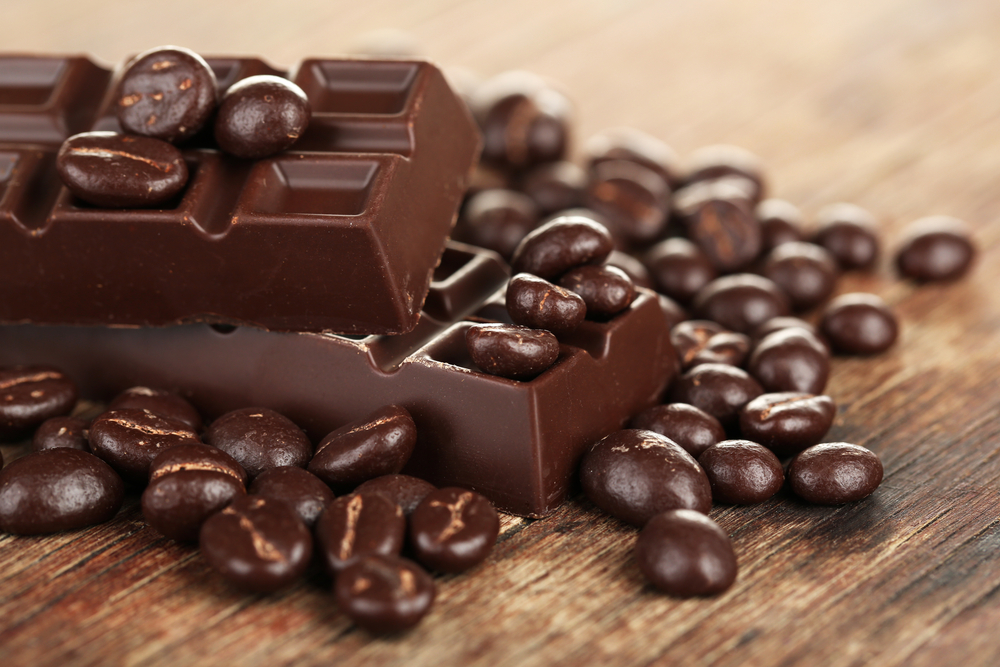Eating Disorders 101
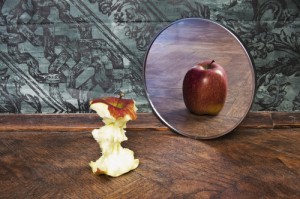 A film crew from Good Morning America came to my house a couple years ago to interview my then 6 year old and a few of her friends for an upcoming segment. The story was about young children who are concerned about their weight and so, are dieting. The questions asked were harmless enough, although I fear that when the 45 minutes of dialogue was edited down to 30 seconds or less, the only message that really came through was, “My mom thinks she is fat, and it has rubbed off on me in a way that will cost me years, and her thousands, in therapy.” An eating disorder is a very serious, possibly fatal condition. It doesn’t always manifest like the ABC network depicted on its 1980s after-school specials. And, it is not only adolescent girls we need to be concerned about.
A film crew from Good Morning America came to my house a couple years ago to interview my then 6 year old and a few of her friends for an upcoming segment. The story was about young children who are concerned about their weight and so, are dieting. The questions asked were harmless enough, although I fear that when the 45 minutes of dialogue was edited down to 30 seconds or less, the only message that really came through was, “My mom thinks she is fat, and it has rubbed off on me in a way that will cost me years, and her thousands, in therapy.” An eating disorder is a very serious, possibly fatal condition. It doesn’t always manifest like the ABC network depicted on its 1980s after-school specials. And, it is not only adolescent girls we need to be concerned about.
1. It is estimated that as many as 35 million Americans have an eating disorder. This is not surprising when 80% of American women are unhappy with the appearance of their body. Way to go Kate Moss and Calvin Klein. Thanks a lot.
2. The two major eating disorders are anorexia nervosa and bulimia. These affect about 10 million people. Another 25 million have a problem with binge eating. A great resource for learning more is the National Eating Disorders Association.
3. Most people with eating disorders are not diagnosed properly and/or receive inadequate treatment.
4. Eating disorders very commonly coexist with anxiety, depression and drug abuse. They are treatable, but often are very difficult to treat because of the complexity of the underlying psychological issues.
5. The incidence of eating disorders has risen every decade since the thirties. I am sure if you could plot the advancements in plastic surgery and airbrushing and then compare this with the rise in eating disorders, you would see a not-at-all coincidental similar curve between the two graphs.
Back to the GMA shoot. It is sad that children feel the need to diet. It is sad that children think they are fat. But, the very next day, the story is about childhood obesity — which is also sad. The bigger question we should be addressing is how to encourage the next generation to have a healthier relationship with food and how to help them avoid addictions of any kind. As soon as I finish this pint of Ben and Jerry’s and this bottle of pinot noir, I will look into it.

Is Homemade Slime…Dangerous for Your Kids?
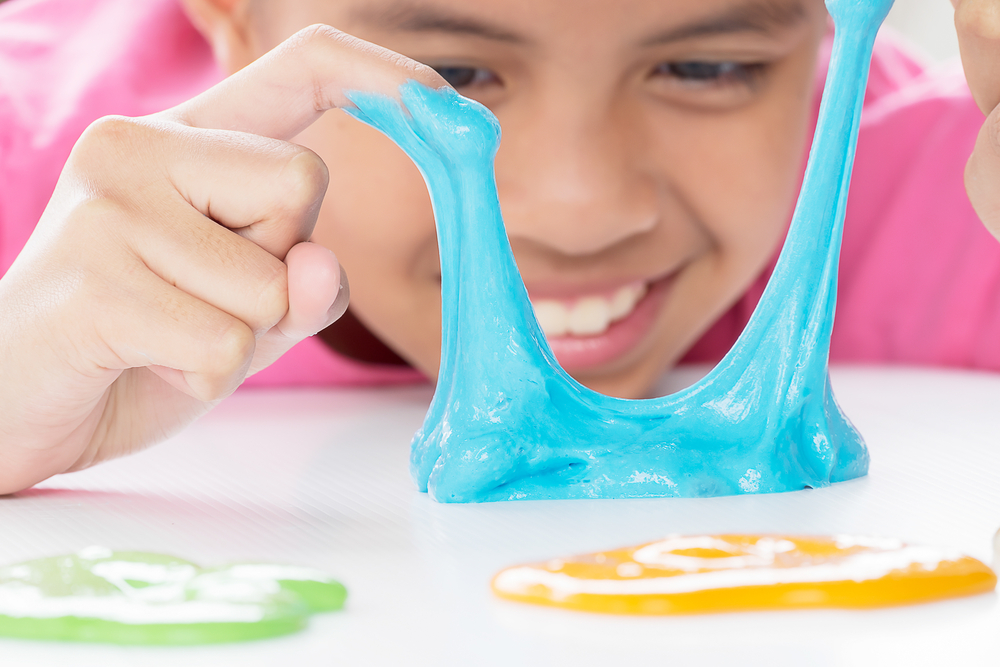
Teen and Alcohol: What You Should Know
A Tiny Little Seed That Packs a Big Punch of Nutrition.
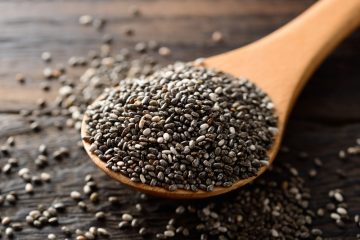
Thinking About Getting Away? Check Out These All-Inclusive Family Get-Aways.

The Bountiful Benefits of Bok Choy.
